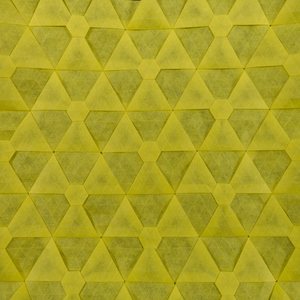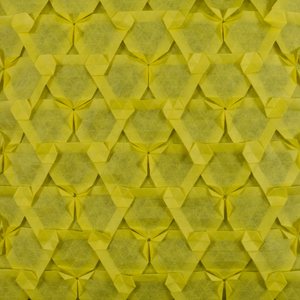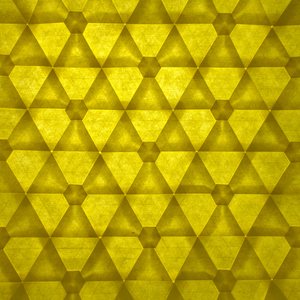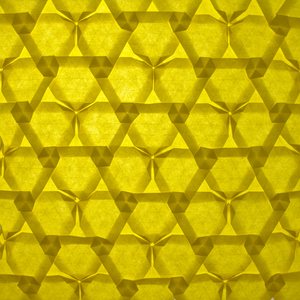Ogawa Washi Paper Review




Radioactive Tessellation was my first fold using Ogawa Washi paper. The paper is thin, but still provides some resistance during folding, which I liked since I’m not used to working with papers which are extremely thin. One side (visible in the first picture) has a natural, fibrous surface, while the other (second picture) is coated and slightly glossy. Though different, both sides look great, and the paper is available in a variety of vivid colors. It is slightly translucent and one can see that there are patches with more and with less transparency, even though there was no discernible difference in thickness around the sheet.
Folding Ogawa Washi was a pleasure: the crease was smooth, the paper deformed little, and I was able to fold very precisely. The precrease went well, and reversing creases was a breeze. The collapse went well as the paper is stiff enough despite its thinness. However, it was somewhat harder than it would be with thicker paper. After collapsing the model, I noticed that the paper’s translucency allowed layers from below to partially shine through. Depending on the model, this may be a desirable effect or not, and its strength will depend on the number of layers in different areas.
Overall, I liked this paper very much. It folded and collapsed really well and, being thinner than Tant, it allows finer details and smaller grids from the same paper size. The looks are nice as well. A point to consider is the slight translucency: it may be a nuisance for some models, but a great advantage for others, for example for tessellations which are to be viewed in back-light.
Comments